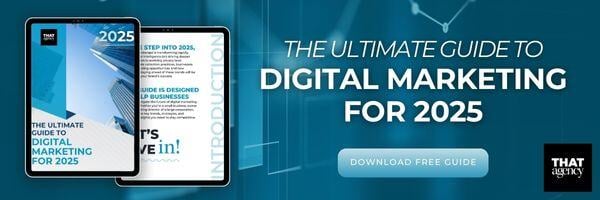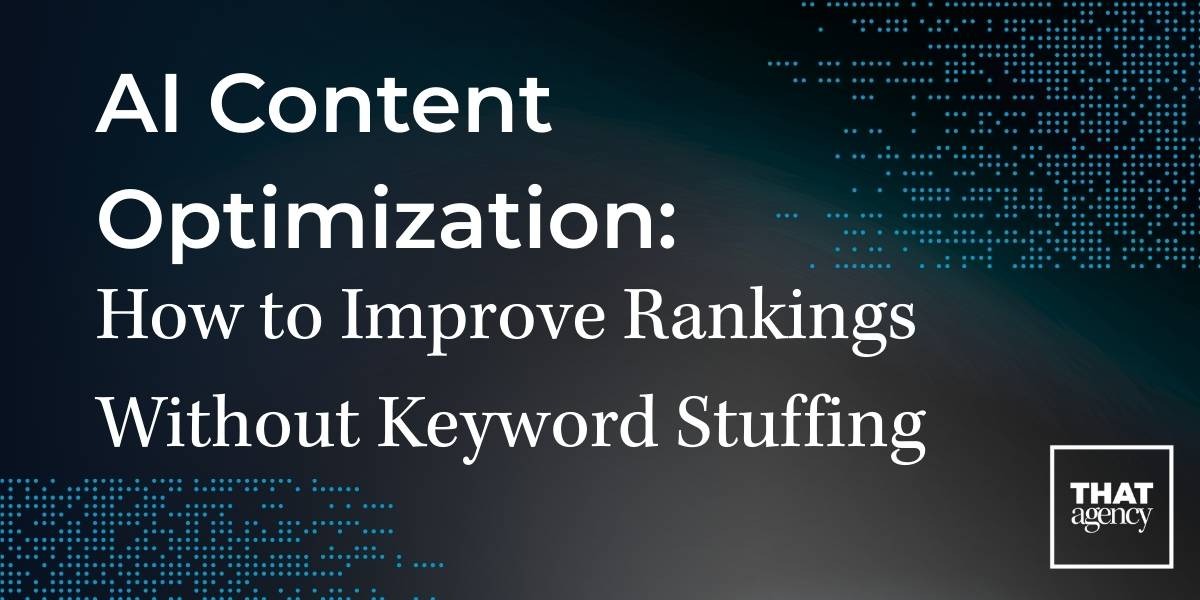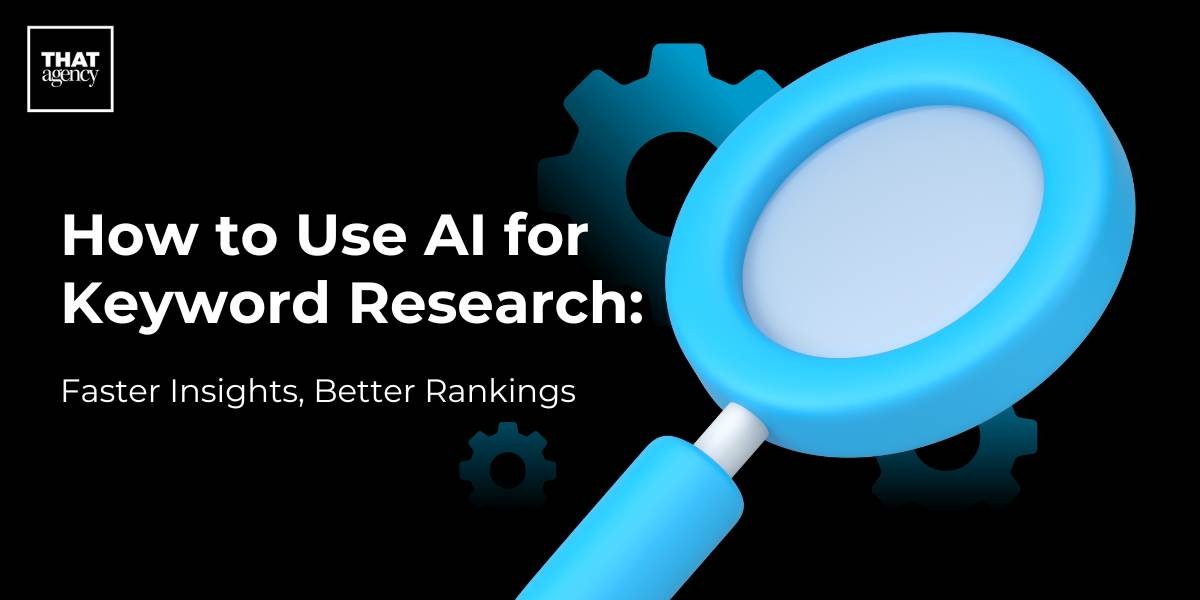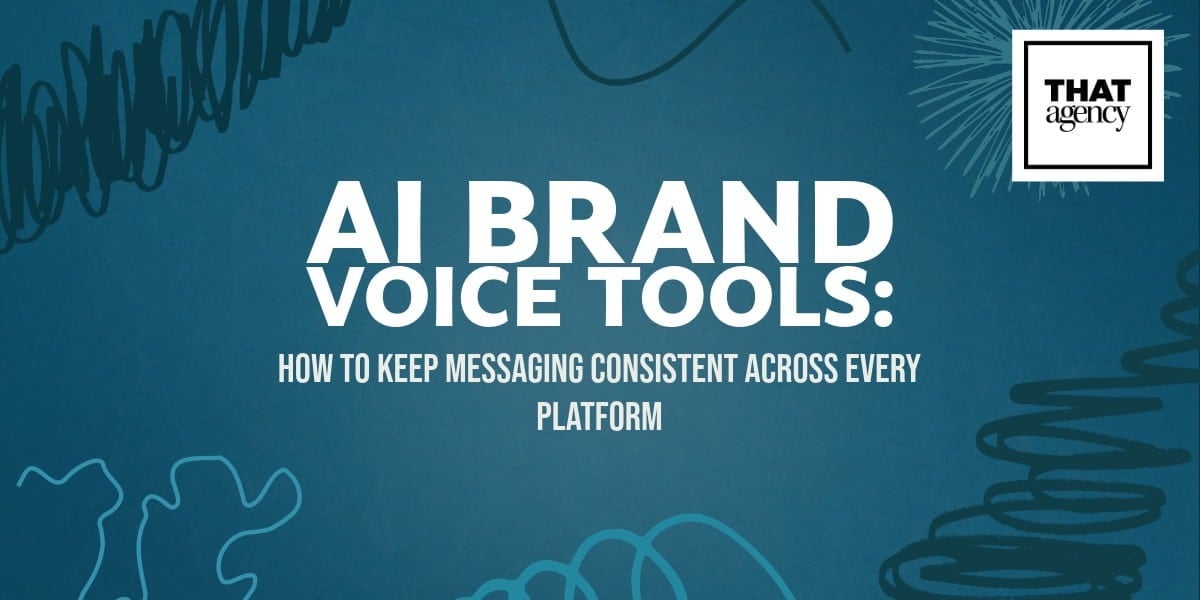In the digital world we live in today, businesses need a strong online presence to stay competitive. One effective way to achieve this is by running a well-planned social media campaign. But what is a social media campaign, and how can it help your business? In this blog post, we'll break down what a social media campaign is, explore key strategies behind successful campaigns, and discuss the benefits, especially for businesses in Colorado.

What is a Social Media Campaign?
A social media campaign is a focused marketing effort that uses one or more social media platforms to achieve a specific business goal. Unlike regular social media posts, which keep your brand visible, a campaign is a coordinated effort aimed at achieving a particular objective, such as increasing brand awareness, driving traffic to a website, or promoting a new product or service.
Campaigns are planned with specific outcomes in mind, and they usually run over a set period. They are also measurable, meaning you can track their success using different metrics like engagement rates, website visits, or sales conversions.
Key Elements of a Successful Social Media Campaign
A successful social media campaign is built on several key elements, each playing an important role in achieving your goals. To ensure your campaign is effective, it's essential to thoroughly understand and implement these elements. Below, we’ll break down each one, answering common questions and providing insights to help you craft a winning strategy.
1. Clear Goals
Why are clear goals important?
Setting clear goals is the foundation of any successful social media campaign. Without defined goals, your campaign lacks direction, making it difficult to measure success. Clear goals provide a roadmap for your efforts, ensuring that every piece of content and every action taken is aligned with your overall objectives.
How do you set clear goals?
Start by asking yourself what you want to achieve with your campaign. Are you looking to increase your number of followers, drive more traffic to your website, boost sales, or perhaps raise awareness for a new product or service? Your goals should be specific, measurable, achievable, relevant, and time-bound (SMART). For example, instead of saying, "I want more followers," a SMART goal would be, "I want to increase my Instagram followers by 20% in the next three months."
What happens if you don’t have clear goals?
Without clear goals, your campaign may become unfocused, leading to wasted resources and effort. It becomes difficult to measure success or failure, making it nearly impossible to learn and improve in future campaigns.
2. Target Audience
Why is knowing your target audience important?
Your target audience is the group of people you want to reach with your campaign. Understanding who they are, what they care about, and how they behave online is crucial for creating content that resonates with them. When you know your audience, you can tailor your messaging, tone, and content to meet their needs, making it more likely that they will engage with your campaign.
How do you identify your target audience?
Start by analyzing your existing customers. Look at demographic information such as age, gender, location, and income level. Also, consider psychographic factors like interests, values, and lifestyle. Tools like Google Analytics, social media insights, and customer surveys can provide valuable data to help define your audience.
What if you target the wrong audience?
Targeting the wrong audience can result in low engagement, wasted advertising dollars, and a campaign that fails to meet its goals. Your content may not resonate, leading to poor performance and missed opportunities to connect with potential customers who are actually interested in your brand.
3. Content Strategy
Why is a content strategy important?
Content is the heart of your social media campaign. A well-thought-out content strategy ensures that the content you produce is valuable, relevant, and consistent with your brand’s message. This helps in building trust with your audience, keeping them engaged, and ultimately driving them toward your desired action, whether that’s making a purchase, signing up for a newsletter, or sharing your content.
What should a content strategy include?
A strong content strategy should include a variety of content types (e.g., blog posts, videos, infographics) to keep your audience engaged. It should also be aligned with your campaign goals and tailored to your target audience. Plan out your content calendar in advance, ensuring that each piece of content serves a purpose within the larger campaign. Don’t forget to consider the timing of your posts, as well, since posting at the right time can significantly impact engagement.
How do you know if your content strategy is working?
Monitor the performance of your content through metrics like likes, shares, comments, and click-through rates. If your content is consistently driving engagement and helping you achieve your goals, your strategy is on the right track. If not, you may need to adjust your approach by tweaking the types of content you’re creating or the way you’re distributing it.
4. Choosing the Right Platforms
Why does the platform matter?
Not all social media platforms are the same, and choosing the right one is critical for reaching your target audience. Each platform has its own strengths, user base, and content formats, so selecting the one that aligns with your goals and audience is essential for success.
How do you choose the right platform?
Consider where your target audience spends their time online. For example, LinkedIn is ideal for B2B marketing, especially if you’re trying to reach professionals and decision-makers. Instagram and Facebook are better for B2C interactions, with Instagram being particularly effective for visual content and younger audiences. If your content involves a lot of videos, YouTube might be the best platform. Evaluate the demographics and user behavior on each platform to ensure you’re making the right choice.
What happens if you choose the wrong platform?
Choosing the wrong platform can result in your content not reaching the right people or being ignored altogether. For example, trying to promote a professional B2B service on Snapchat, which is more popular among younger users for casual interactions, might not yield the best results. Your campaign could fail to gain traction, and you might miss out on valuable engagement opportunities.
5. Budget and Resources
Why is budgeting important?
Having a clear budget and knowing your available resources ensures that your campaign is sustainable and effective. Without proper budgeting, you risk running out of funds or resources before your campaign achieves its goals.
How do you set a budget for your campaign?
Start by determining how much you’re willing to spend on your campaign, including costs for content creation, paid ads, tools, and any additional resources like hiring freelancers or agencies. Break down your budget by allocating funds to different aspects of the campaign, such as advertising, content production, and platform management. Make sure your budget aligns with your campaign goals and is realistic based on the expected return on investment (ROI).
What if you don’t have a budget?
Running a campaign without a budget can lead to underfunded efforts, limiting your ability to reach your audience effectively. You may not be able to produce high-quality content, pay for advertising, or use essential tools, all of which can negatively impact the success of your campaign.
6. Tracking and Analytics
Why is tracking and analytics important?
Tracking and analytics allow you to measure the success of your campaign in real time. By monitoring key metrics, you can see what’s working and what’s not, enabling you to make data-driven decisions and adjust your strategy as needed.
What tools can you use to track your campaign?
There are many tools available to help you track your social media campaign’s performance. Google Analytics is great for tracking website traffic, while social media platforms like Facebook, Instagram, and Twitter offer their own analytics tools to monitor engagement metrics such as likes, shares, comments, and click-through rates. Third-party tools like Hootsuite, Sprout Social, and Buffer can also provide comprehensive analytics across multiple platforms.
What should you do with the data you collect?
Use the data to assess whether your campaign is meeting its goals. If you notice that certain content types or platforms are performing better than others, consider focusing more on those areas. Conversely, if something isn’t working, don’t be afraid to make changes. Tracking your progress allows you to be flexible and responsive, which is key to a successful social media campaign.
By thoroughly understanding and implementing these key elements, you can create a social media campaign that not only reaches your target audience but also achieves your business goals. Whether you’re looking to build brand awareness, drive traffic, or boost sales, a well-planned and executed social media campaign is a powerful tool in your marketing arsenal.
The Benefits of a Social Media Campaign
Understanding the benefits of a social media campaign can help you see why it’s such a powerful tool for growing your business. Let’s take a closer look at how these campaigns can positively impact your brand.
1. Increased Brand Awareness
Brand awareness is one of the most critical aspects of any marketing strategy. But why is it so important? Increased brand awareness means that more people know about your brand, what it offers, and what it stands for. A well-executed social media campaign does this by consistently putting your brand in front of your target audience.
Imagine your brand as a new face in a crowd. The more often that face appears in front of people, the more likely they are to recognize it. Over time, they start to associate that face (your brand) with certain qualities, like trustworthiness or quality. This recognition can lead to customer loyalty, where people choose your brand over competitors because they are familiar with it and trust it.
For example, if you consistently share engaging and informative content about your products or services, people will begin to remember your brand when they need something you offer. This increased visibility can also make your brand the first one that comes to mind when someone in your audience needs a product or service in your industry. This is what brand awareness is all about—keeping your brand top of mind for your audience.
2. Better Customer Engagement
Engagement is more than just a buzzword in the marketing world. It’s about creating meaningful interactions with your customers. Social media campaigns are designed to encourage people to engage with your brand in various ways, such as liking, commenting, sharing, or even direct messaging.
Why does this matter? Engaged customers are more likely to become loyal customers. When people interact with your content, it means they are paying attention to what you have to say. This interaction creates a sense of community around your brand. When customers feel connected to your brand, they are more likely to trust it, recommend it to others, and become repeat buyers.
For example, let’s say you run a social media campaign asking your followers to share their own experiences using your product. As people start to comment and share their stories, others see these interactions and are more likely to engage as well. This not only boosts your visibility but also fosters a community where customers feel valued and heard.
3. Higher Conversion Rates
Conversion rates refer to the percentage of people who take a desired action after engaging with your campaign. This could be anything from making a purchase to signing up for a newsletter or even just clicking through to your website. The goal of a social media campaign is often to increase these conversion rates.
But how does this happen? It starts with targeted content. When your campaign speaks directly to the needs and interests of your audience, they are more likely to take action. Clear calls to action (CTAs) in your posts guide them on what to do next, whether that’s clicking a link, making a purchase, or signing up for more information.
For instance, if you’re promoting a special discount on social media, your posts should clearly tell your audience what they need to do to take advantage of the offer. By making the process straightforward, you increase the likelihood that they will follow through, resulting in higher conversions.
4. Cost-Effective Marketing
Marketing budgets can be tight, especially for small businesses. That’s where social media campaigns come in—they offer a cost-effective way to reach your audience without breaking the bank. Compared to traditional marketing methods like print ads or TV commercials, social media allows you to target specific groups of people who are more likely to be interested in your products or services.
This targeted approach means you’re not wasting money showing your ads to people who aren’t interested. Instead, you can focus your budget on reaching those who are more likely to convert, making every dollar count.
For example, platforms like Facebook and Instagram allow you to set a specific budget for your ads and choose exactly who will see them based on factors like age, location, interests, and behavior. This level of control ensures that your marketing dollars are spent wisely, often leading to a higher return on investment (ROI).
5. Valuable Customer Insights
One of the most significant advantages of running a social media campaign is the wealth of data you can collect about your audience. Social media platforms provide detailed analytics that show you how your campaign is performing and who is engaging with your content.
But why is this information so valuable? These insights help you understand your customers better—what they like, what they don’t, and how they interact with your brand. This information is crucial for refining your future marketing strategies.
For example, if you notice that a particular type of content gets more engagement, you can focus more on creating similar posts in the future. Or, if you see that your audience is mostly from a specific age group or location, you can tailor your campaigns to better meet their needs.
In short, customer insights allow you to make informed decisions that improve the effectiveness of your marketing efforts, leading to better results over time.
Social Media Marketing in Colorado: A Local Focus
For businesses in Colorado, social media marketing is a powerful tool in a competitive market. Colorado’s economy is diverse, with a mix of tech companies, outdoor brands, and a strong focus on sustainability. To stand out, your social media campaigns need to be tailored to reflect local values and interests.
Social Media Marketing Colorado: Strategies for Success
Understanding the local market is key to your campaign’s success. For instance, if your product fits with Colorado’s outdoor lifestyle, using platforms like Instagram, which is visual-heavy, can be very effective. Additionally, using local hashtags and working with Colorado-based influencers can help your campaign reach more people in the state.

Conclusion
So, what is a social media campaign? It’s a powerful marketing tool that helps businesses reach specific goals, from increasing brand awareness to driving sales. By understanding the elements of a successful campaign and tailoring your strategy to fit the Colorado market, you can maximize your social media efforts.
If you’re ready to take your social media presence to the next level, contact THAT Agency today. We can help you create and manage a social media campaign that meets your business needs and reaches your goals, whether you're targeting customers in Colorado or beyond.




